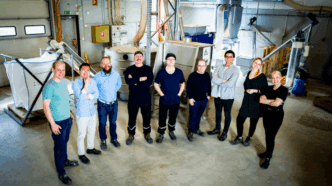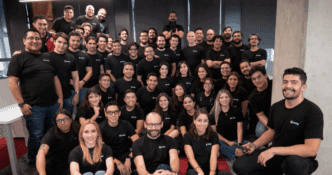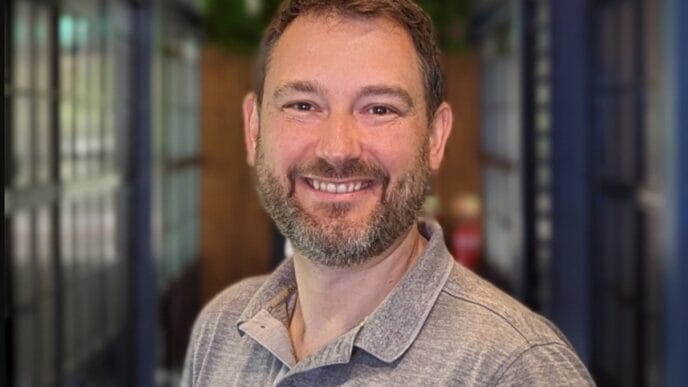Europe imports most of its protein, leaving the food system exposed to global shocks. But Finnish startup Volare is changing that by converting food waste into insect-based protein—right at home. With a new €26 million funding round, Volare is building what it calls the world’s most energy-efficient protein facility.
The company’s approach is simple but powerful. It turns low-value food byproducts into high-quality protein and oil using black soldier fly larvae. The result? Less waste, lower emissions, and a more secure food supply across Europe.
A Circular Protein Factory Powered by Insects
Volare’s new plant, called Volare 01, will open in Pori, Finland. Once operational, it will produce as much protein as 200 million Baltic herrings each year. That’s nearly one-fifth of Finland’s total annual fish catch—in protein terms.
What sets this facility apart is its efficiency. It runs on 100% renewable energy, reuses its water, and recycles heat. Volare also uses AI-powered systems to maximize output while minimizing energy use. The plant’s modular design means capacity can double without building a new site. It’s all about doing more with less.
Unlike greenfield projects, Volare 01 reuses an existing site. This move cuts environmental impact and startup costs. When complete, the facility will employ over 40 people and serve as a model for future expansion.
Turning Waste Into a Climate-Smart Protein Source
Volare started with a simple vision: make protein sustainably. Founders Tuure Parviainen and Matti Tähtinen were researchers at Finland’s VTT Technical Research Centre. Their work from 2014 to 2017 led them to the black soldier fly. These larvae digest food waste with remarkable speed and efficiency.
In 2021, they launched Volare. Today, the company’s zero-waste process creates protein meal, oil, and biofertilizer from food industry waste. It uses 97% less water and 99% less land than traditional soy or beef farming. And its emissions are 4–8 times lower than soy.
Volare’s products already feed fish, poultry, and pets in Finland and Sweden. The company works with feed giants like Skretting, and has launched pilot programs with aquaculture partners, including Alltech Fennoaqua.
Built for Scale and Sustainability
This new funding comes from a mix of private and public sources, including Maki.vc, Firstminute Capital, and The Finnish Climate Fund. The total now exceeds €27 million. The investment fuels the construction of Volare 01 and supports the company’s long-term growth strategy.
By 2030, Volare plans to open 10 more plants across Northern Europe. If successful, the company expects to cut 3 million tons of CO₂ emissions each year by 2035. Its model combines direct product sales, tech licensing, and partnerships for plant construction.
Volare’s insect protein isn’t just eco-friendly—it’s market-ready. With long-term offtake deals and growing demand, the company is well-positioned for global expansion.
Why Volare Stands Out
Many startups have tried to scale insect protein. Few have done it with so little capital. Volare’s focus on capital-efficient growth, AI-driven automation, and modular design gives it a real edge.
Its process even generates frass, a nutrient-rich byproduct used as fertilizer. And unlike older methods like composting, Volare’s system cuts emissions by up to 80 times.
It’s not just about efficiency—it’s about rethinking how food systems work. Volare keeps nutrients in the loop. It reduces waste and builds resilience. And it does all of that with almost no fossil fuel use.
The company also works on EU-funded research, shaping the future of sustainable food tech. With its cutting-edge process and clear roadmap, Volare is proving that insect protein is more than a trend—it’s a solution.













